HistoricalSites, India
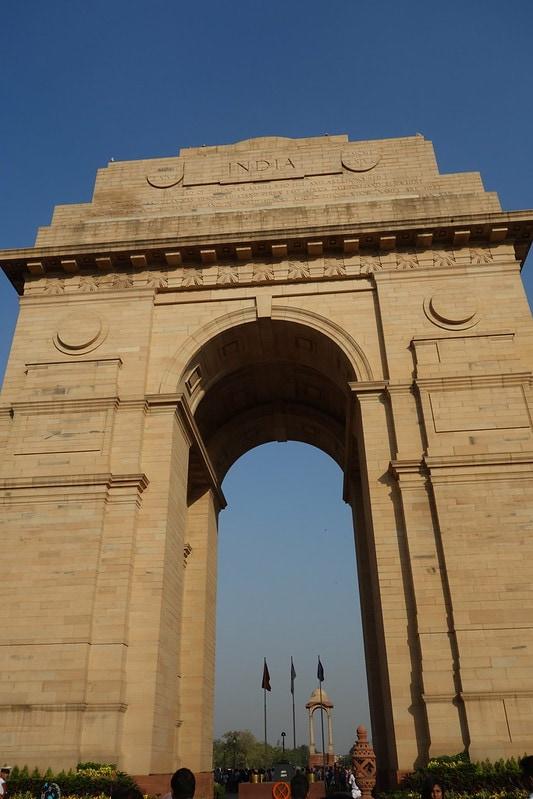
Removed from Unnamed collection
India Gate 
At the centre of New Delhi stands the 42 m high India Gate, an "Arc-de-Triomphe" like archway in the middle of a crossroad. Almost similar to its French counterpart, it commemorates the 70,000 Indian soldiers who lost their lives fighting for the British Army during the World War I. The memorial bears the names of more than 13,516 British and Indian soldiers killed in the Northwestern Frontier in the Afghan war of 1919.
The foundation stone of India Gate was laid by His Royal Highness, the Duke of Connaught in 1921 and it was designed by Edwin Lutyens. The monument was dedicated to the nation 10 years later by the then Viceroy, Lord Irwin. Another memorial, Amar Jawan Jyoti was added much later, after India got its independence. The eternal flame burns day and night under the arch to remind the nation of soldiers who laid down their lives in the Indo-Pakistan War of December 1971.
During nightfall, India Gate is dramatically floodlit while the fountains nearby make a lovely display with coloured lights. India Gate stands at one end of Rajpath, and the area surrounding it is generally referred to as 'India Gate'.
Surrounding the imposing structure is a large expanse of lush green lawns, which is a popular picnic spot. One can see hoards of people moving about the brightly lit area and on the lawns on summer evenings. http://www.delhitourism.gov.in/delhitourism/tourist_place/india_gate.jsp
Map
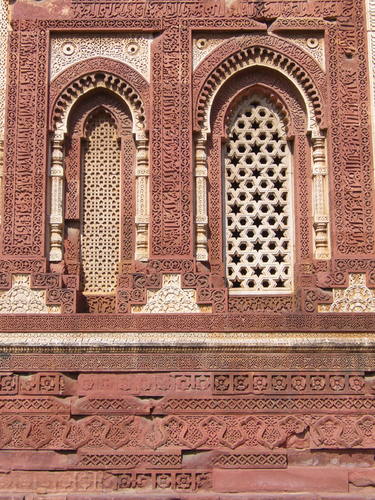
Removed from Unnamed collection
Qutb Minar 
Built in the early 13th century a few kilometres south of Delhi, the red sandstone tower of Qutb Minar is 72.5 m high, tapering from 2.75 m in diameter at its peak to 14.32 m at its base, and alternating angular and rounded flutings. The surrounding archaeological area contains funerary buildings, notably the magnificent Alai-Darwaza Gate, the masterpiece of Indo-Muslim art (built in 1311), and two mosques, including the Quwwatu'l-Islam, the oldest in northern India, built of materials reused from some 20 Brahman temples. https://whc.unesco.org/en/list/233
Map

Removed from Unnamed collection
Lotus Temple 
Its one of the most visited attractions of India, it has been recorded that this place has daily 10000 visitors and almost 4 millions of tourists have visited Lotus Temple!
Being a central highlight of Delhi, Lotus Temple is one of those religious attractions that bring all the religions together as its chief philosophy accepts every religion with an open heart. This monument was accomplished in 1986 and is a foremost site to visit in Delhi. It is built in the shape of a lotus and is stunning in its architecture and structural design which can blow anyone’s mind!
Lotus Temple is ideal to visit during the winter and springtime of October to March as the scorching heat of summers is not idyllic for traveling in Delhi. http://www.transindiatravels.com/delhi/lotus-temple/
Map
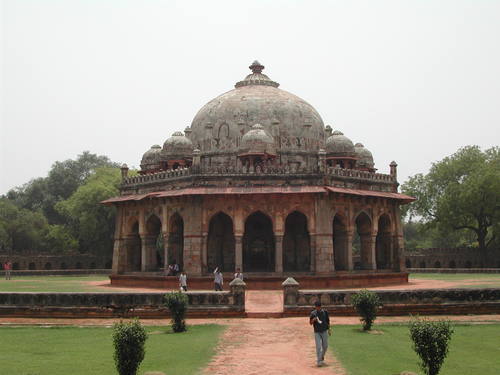
Removed from Unnamed collection
Humayun's Tomb 
This tomb, built in 1570, is of particular cultural significance as it was the first garden-tomb on the Indian subcontinent. It inspired several major architectural innovations, culminating in the construction of the Taj Mahal.
Humayun’s Tomb, Delhi is the first of the grand dynastic mausoleums that were to become synonyms of Mughal architecture with the architectural style reaching its zenith 80 years later at the later Taj Mahal. Humayun’s Tomb stands within a complex of 27.04 ha. that includes other contemporary, 16th century Mughal garden-tombs such as Nila Gumbad, Isa Khan, Bu Halima, Afsarwala, Barber’s Tomb and the complex where the craftsmen employed for the Building of Humayun’s Tomb stayed, the Arab Serai.
Humayun’s Tomb was built in the 1560’s, with the patronage of Humayun’s son, the great Emperor Akbar. Persian and Indian craftsmen worked together to build the garden-tomb, far grander than any tomb built before in the Islamic world. Humayun’s garden-tomb is an example of the charbagh (a four quadrant garden with the four rivers of Quranic paradise represented), with pools joined by channels. The garden is entered from lofty gateways on the south and from the west with pavilions located in the centre of the eastern and northern walls. https://whc.unesco.org/en/list/232
Map
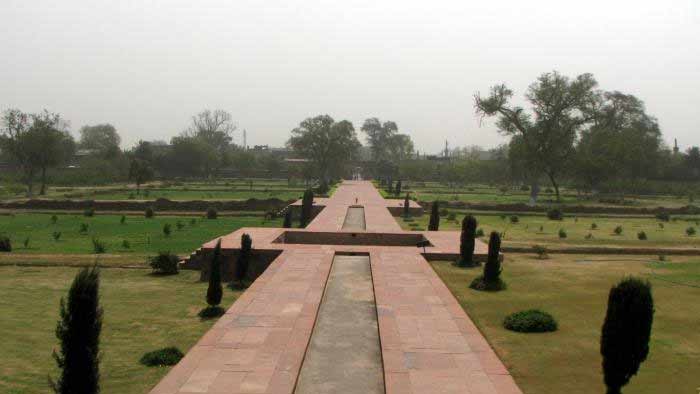
Removed from Unnamed collection
Ram Bagh 
Ram Bagh was one of the ancient Persian styled Mughal gardens of Agra. This garden was well maintained for several centuries under the control of Mughal dynasty until Marathas and then, British took over the garden. Today, most of the parts of this garden is in ruins. However, the greenery and lush vegetation of the land attracts tourists to it.
This is the oldest Mughal garden and one of the eminent Persian styled Mughal gardens of the land. This land stands as the example of architectural skill of Nur Jahan, mother of Shah Jahan (builder of Taj Mahal).
If you are visiting in summer months, this garden is really a paradise. The water channels provide cool breeze, which allows you to rest despite the scorching sun. The garden represent the Islamic version of heaven and this model is incorporated in many Mughal structures, which were built later on. https://www.travelogyindia.com/agra/ram-bagh.html
Map
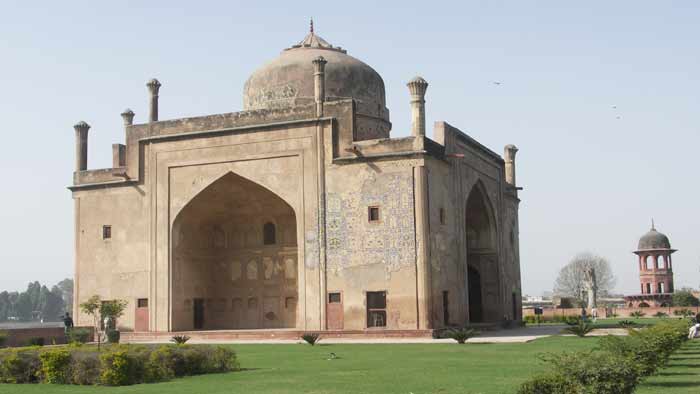
Removed from Unnamed collection
Chini ka Rauza 
Chini ka Rauza is also called as the China Tomb of Agra. This mausoleum belong to a Persian born poet, who rose to the position of Wazir (Prime Minister) during the reign of Shah Jahan. Mullah died in 1639 in Lahore. His remains were brought back to Agra, to be buried in this spot. Just like every other mausoleum of Mughals, the tomb is built to face the holy city of Mecca.
This Mughal structure has many exotic and unusual styles of architecture. The main dissimilarity is the un-proportional dome built in Sultanate style. However, the beauty of the tomb has heavily disintegrated with passage of time. The walls of the monument have worn out, but you can still see the striking enamel colors on the tiles and remains of what used to be a grand ceiling painting. The builders of the tomb used earthen pots to reduce the weight of concrete filling in the facades. This method is widely used in Egypt and Rome. https://www.travelogyindia.com/agra/chinni-ka-roja.html
Map

Removed from Unnamed collection
Mehrangarh Fort and Museum 
Mehrangarh Fort holds the pride of place in Jodhpur because of its splendid architecture and the diverse history associated with it. Considered as one of the most formidable and magnificent forts of Rajasthan, Mehrangarh fort was built by Rao Jodha in the year 1459. The fort is spread over an area of 5 km and is built on 125 m high hill in the outskirts of Jodhpur city.
There are seven gates, which can be used to enter the Mehrangarh fort. These 7 gates are made by different rulers, and are built in honour of victory over Bikaner and Jaipur armies.
One can see the panoramic view of the Jodhpur city from this fort, which seems like a blue carpet laid at the foot of a hill. Every ruler of Jodhpur has contributed in the making of this fort. Within the fort one can see the magnificent palaces. The main palaces located in the Mehrangarh Fort are Moti Mahal, Phool Mahal, Sheesh Mahal, Zenana Dude, Takht Vilas and Jhanki Mahal. There are also two temples located inside the fort - Chamundi Devi Mandir and Nagnechiaji Mandir, dedicated to Goddess Durga and the Kuldevi respectively. https://www.tourmyindia.com/states/rajasthan/mehrangarh-fort-jodhpur.html
Map
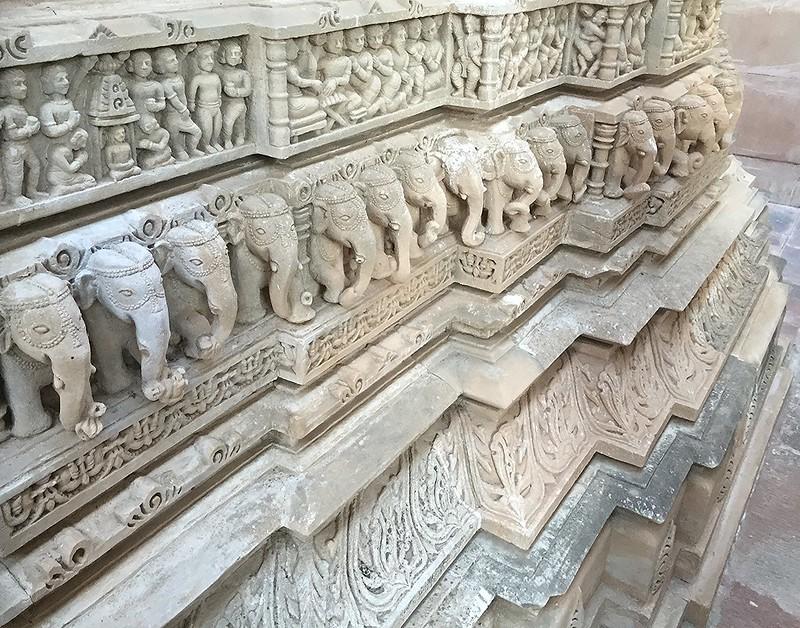
Removed from Unnamed collection
Osian 
Osian is an ancient town located in the middle of the Thar Desert. Often known as the "Khajuraho of Rajasthan", Ossian is famous as the home to a cluster of ruined Brahmanical and Jain temples dating from the 8th to 11th centuries. One can enjoy the view of 18 shrines, out of which Surya or Sun Temple, the later Kali temple, Sachiya Mata Temple and the main Jain temple dedicated to Mahavira stand for their grace and architecture. https://www.tourmyindia.com/states/rajasthan/ossian-jodhpur.html
Map

Removed from Unnamed collection
Sahodaran Ayyappan Museum 
The Sahodaran Ayyappan Museum is a fresh combination of interactive and traditional exhibitions representing a truly authentic experience. The museum complex includes traditional thatched roof (coconut leaves) houses, one of them is where Sahodaran Ayyappan was born. This museum has a waterfront view of the River Periyar with MHP Project boat jetty. The museum illustrates the life and work of Sahodaran Ayyappan and his movements against the Caste- Madness of the Kerala Society. https://www.muzirisheritage.org/sahodaran-ayyappan-museum.php
Map
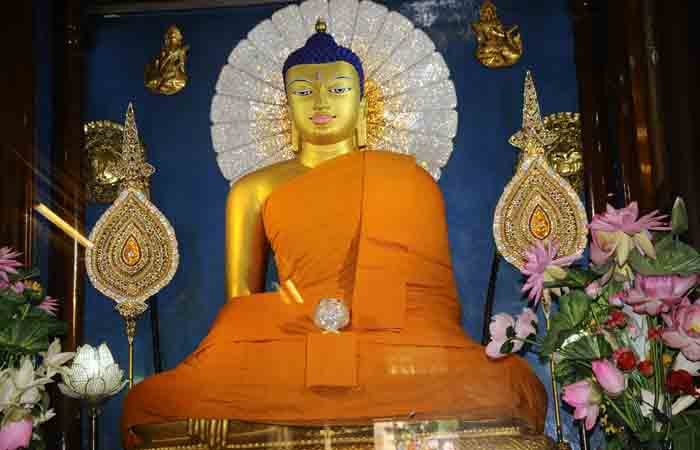
Removed from Unnamed collection
Mahabodhi Temple 
The Mahabodhi Mahavihara or more popularly known as the Bodhgaya Temple or the Great Stupa, is one of the shrines out of the 84000 shrines erected by King Asoka the Great in the 3rd century B.C. The Mahabodhi Mahavihara is the sole surviving example of what was once an architectural genre. http://bodhgayatemple.com/index.php?pg=history
Map
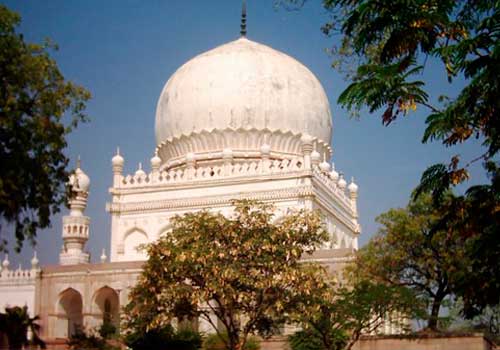
Removed from Unnamed collection
Qutub Shahi Tombs 
Located at a distance of approximately 850 metres away from the Banjara Darwaza of Golconda Fort, Qutub Shahi Tombs consist of tombs of seven Qutub Shahi rulers. Considered to be few of the oldest monuments of Hyderabad, these tombs captivate their visitors with the architectural excellence presenting a beautiful blend of Persian and Indian architectural styles. You can see the influences of Hindu, Pathan, Deccan as well as Persian styles in the structure of tombs.
The entrance and corridors of the tombs presents an Indo-Saracenic style of architecture, while ornamental parapets and minarets showcase the Islamic architecture. Two-tiered terraces, false ceilings and central pillars, which form an essential part of the structures, have also been intricately decorated.
Qutub shahi tombs, like the Paigah Tombs are dedicated to the royal family and the rulers of of Qutub Shahis. The structural beauty of these tombs still attracts admirers from all over the world. http://www.hyderabadtourism.travel/qutub-shahi-tombs-hyderabad
Map

